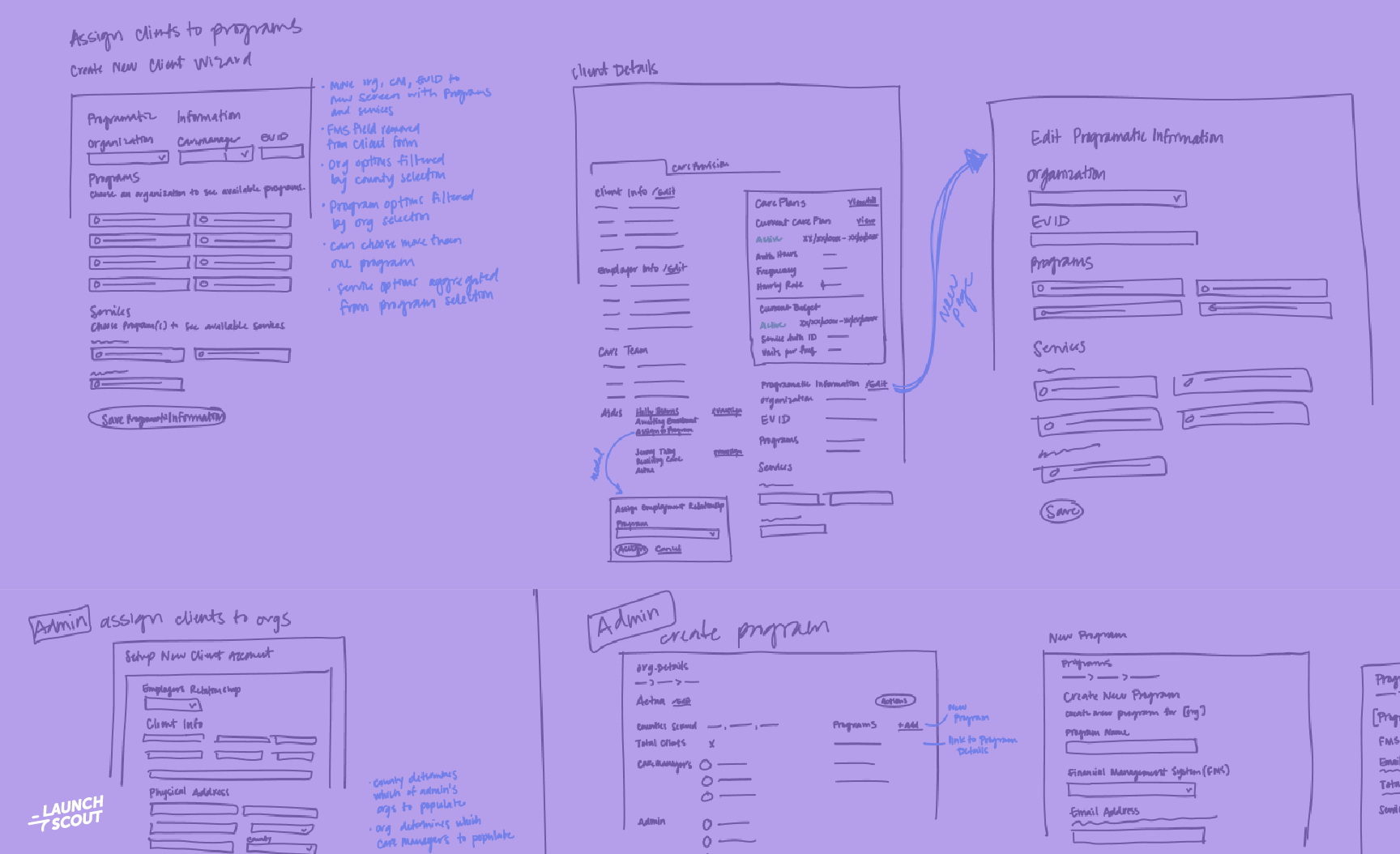
9 July 2015
Accounting for Custom Software Investments: The Best Approaches for Businesses
This is a guest post from the AccountingDepartment.com, which offers comprehensive online accounting and accounting services for established businesses.
You’ve already invested – or are thinking about investing – in custom software for your business. But how do you categorize this investment for tax purposes and financial statements? And are there any special tax credits to claim? Here are a few things to keep in mind from an accounting and tax perspective.
Typically, businesses have two choices. Option one: Book the custom software investment as a current period expense and deduct it on the profit and loss statement. Option two: Amortize your project as a capital expenditure over several years. Both choices are valid, but keep in mind you need to be consistent across tax and financial management. In other words, you must stick with your choice and apply it to all future financial statements.
Advantages of Current Period Expense
Many factors make one choice preferable to another, and you’ll need to consider each carefully independent of a blanket recommendation. For small, self-funded businesses, the decision to categorize a custom software investment as a current period expense typically comes down to cash flow. Taking the entire deduction offsets the expense of paying for development costs in the current year by reducing the company’s taxable income. Small businesses that rely entirely on revenue for cash flow may need to offset the cash outlay by taking as many deductions as possible in the current year.
Choosing Capital Expenditure
For other businesses, tax deductions may not be as critical. This is especially true in the case of funded startups that do not rely on revenue to fund expenses and investments. For startups, investing in custom software drives business growth and capabilities, so categorizing the expense as a capital expenditure may make more sense in the long run. A start-up without revenue would likely create or increase losses by taking the full deduction in the first year. This does little to help a new company’s financial or tax status. If you’re not operating with a profit, you don’t need a tax deduction.
Claiming R&D Credits
Finally, research and development (R&D) credits are one area that all businesses should pay attention to when investing in custom software. Unlike deductions for taxable income, R&D credits are flat fee reductions in tax liabilities, and a sizable investment in custom software may be eligible for this type of credit. You can even save and use credits in later years, which offers a big benefit to businesses of all sizes. This allows businesses to use the credits when they make the most strategic sense for business accounting needs.
Note: This post is not tax or financial advice. Please consult with your tax advisor and accounting team about the best plan for your business.


